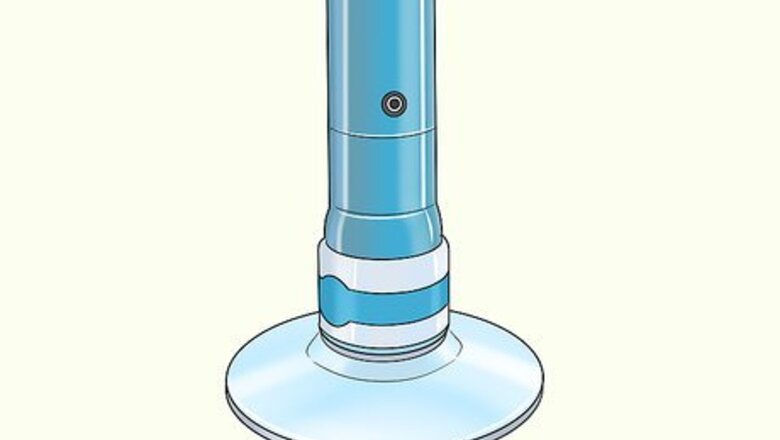
views
Removing the Upright Pole
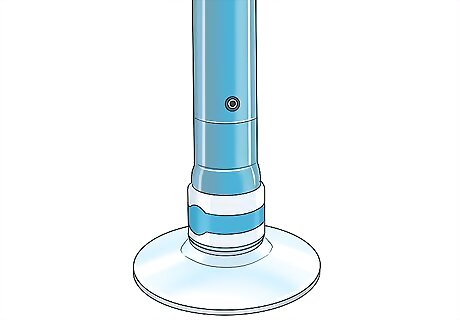
Check that the bottom of the pole is locked in place. Look for a large, cylindrical joint along the bottom of your pole. Feel around the joint for a rubber grip, which helps you spin the pole or lock it in place. Twist the rubber clockwise to secure the pole in place so it doesn’t shift while you adjust it. The rubber grip is a thin strip that goes around the bottom joint of the pole. Some poles may use screws to keep the pole from spinning instead of a rubber grip. To secure the pole, you’ll have to tighten these screws.
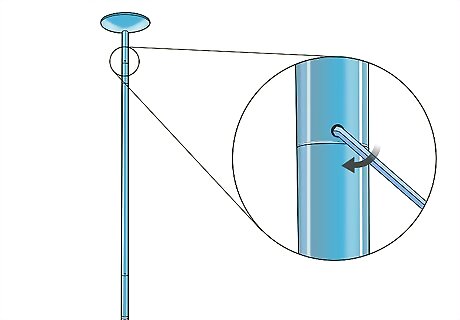
Loosen the 3 screws along the top of the pole. Stand on your tiptoes or use a step-stool to reach the top section of your pole. Stick a hex key into each screw and turn them counterclockwise to loosen the screws a bit. Don’t remove them completely—just keep them loose so you can disassemble the pole. A hex key is also called an Allen wrench. You likely received one with your pole equipment, but they're available at hardware and big-box stores if you need a replacement.
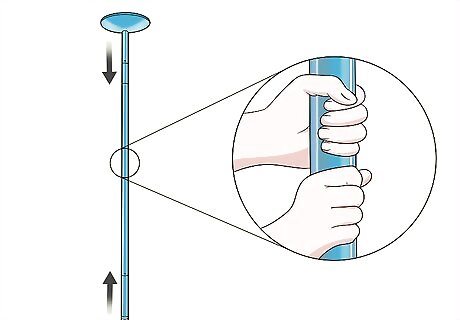
Rotate the pole clockwise to loosen and remove it. Grip the center of the pole with both hands and slowly spin it to the left. This will shorten the pole and remove tension from the ceiling so you can tilt and remove the pole from its upright position. If you’re having trouble removing the pole on your own, ask a friend or family member for help.
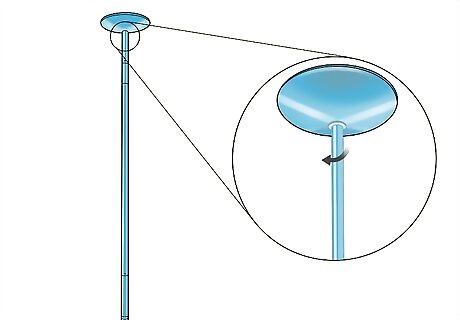
Twist the upper dome portion off the top of your pole. Since the pole isn’t screwed into the upper dome, you can easily separate them from one another. Set the dome portion aside so you can store it with the rest of your equipment.Variation: If your pole has a metal joint and a thick, iron nut attached to the top of the pole to hold in place, loosen the screws on the joint and slide the joint to the bottom of the pole. Twist the iron nut counterclockwise to lower the pole and upper dome from the ceiling. Then, twist the upper dome off of the pole and remove the top half of the pole from the bottom half.
Disassembling and Storing the Pole
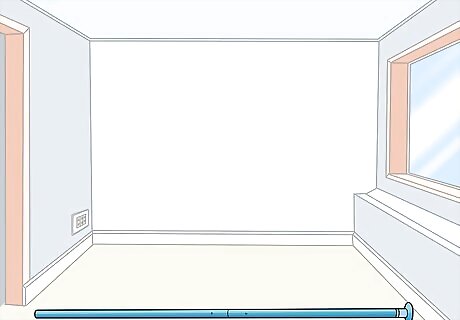
Place the pole flat on the floor. Find a large, open space in your home where you can lay your pole horizontally. It’s a lot easier and safer to disassemble your dancing pole on the floor, since you don’t have to worry about holding it up while you take it apart.
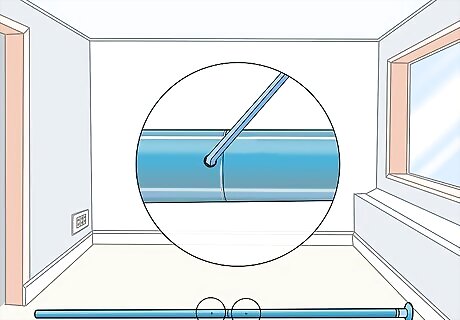
Find where the pole tubes are connected. Most at-home dancing poles can be broken down into at least 2 segments. Look along the center of the pole to see if there are any screws or joints connecting the middle of your pole. Many poles use hex screws, which can be removed with a hex key.
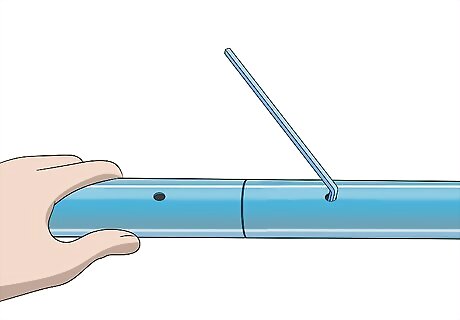
Loosen the 2 screws in the center joint of the pole. Take a hex key and insert it into the central screws. Twist the hex key clockwise to loosen the screws and central joint of the pole. Continue twisting the screws until you feel a lot of pressure against the hex key. Since the screws are embedded in the center of the pole, you can’t remove them completely. Instead, you have to loosen them as far as they’ll go.
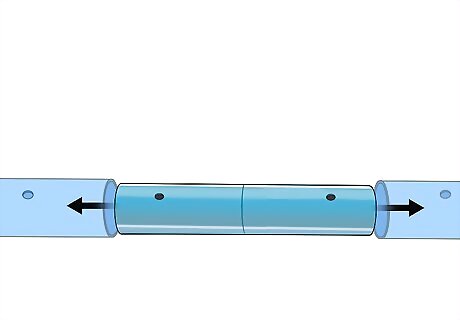
Remove the top and bottom pole sections from the central joint. Slide the bottom portion with the floor mount out of the center joint. Once the bottom section is separated, remove the top portion from your pole. Some dancing poles may not have a central joint, which is completely normal. For these types of poles, you can just unscrew the top pole from the bottom section.
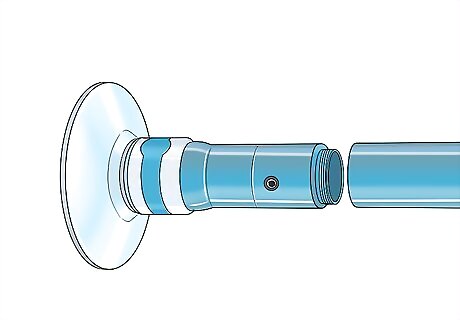
Unscrew the bottom pole from the bottom extension and mount. Find the seam where the bottom of your pole connects to the bottom pole mount. Twist the pole counterclockwise to separate it from this bottom portion, then set it aside.
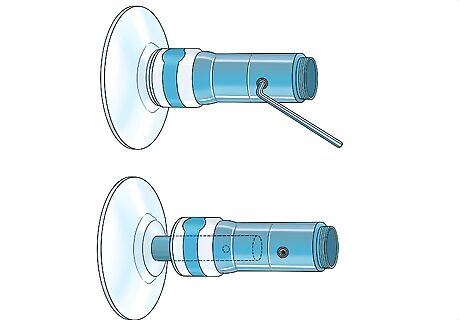
Remove the small extension from the bottom mount. Feel around the small, metal portion attached to the bottom mount for screws. Loosen these with your hands, then lift the metal piece away. Store all of these metal pieces in one area so you can keep track of them.
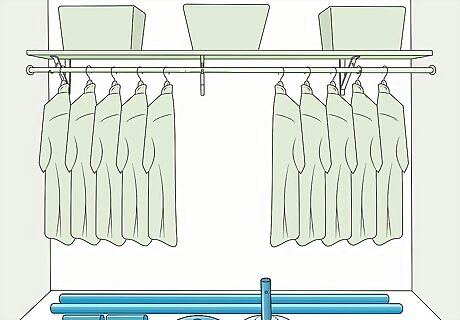
Store your pole in a warm, dry place. Find some empty storage space in your home, like a closet or empty wardrobe. Keep both portions of the pole, the bottom mount, upper dome piece, and any other pole extensions in one place so you can find them later. Don’t keep your equipment in a cold place—cold temperatures tend to make metal contract, which may make it tricky to reassemble your pole later on. Some poles may come with a carrying case to store the equipment.












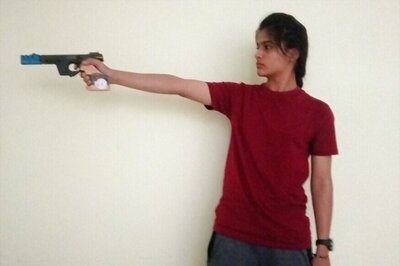







Comments
0 comment